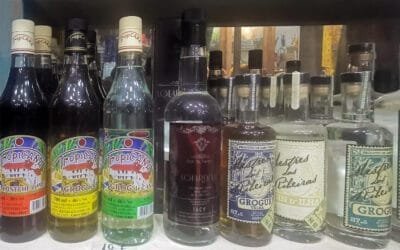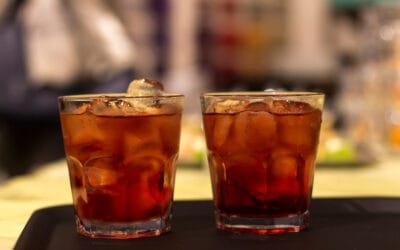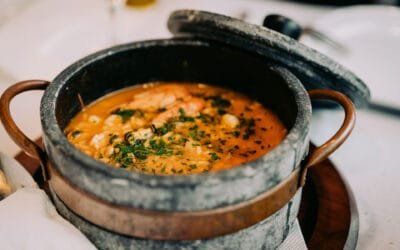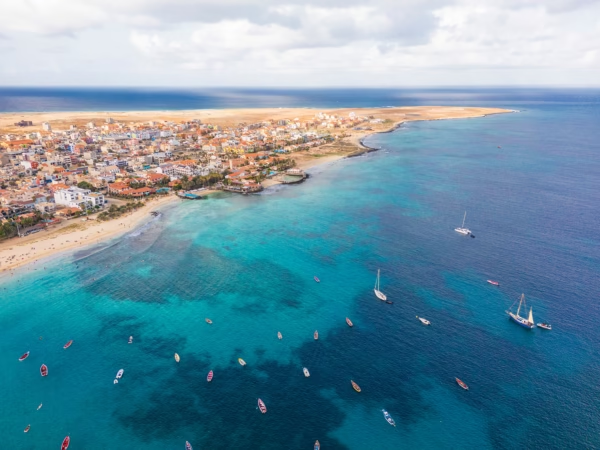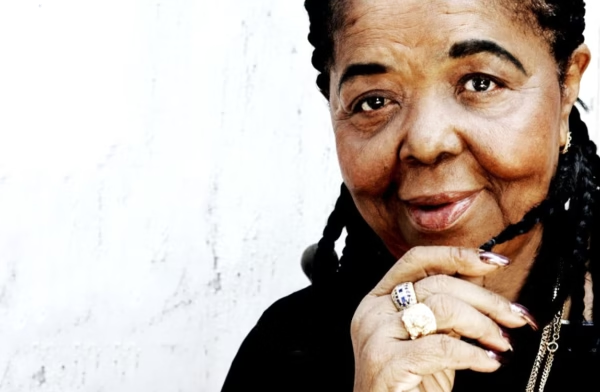Pontche: the Sweet Liqueur and its Great Traditions
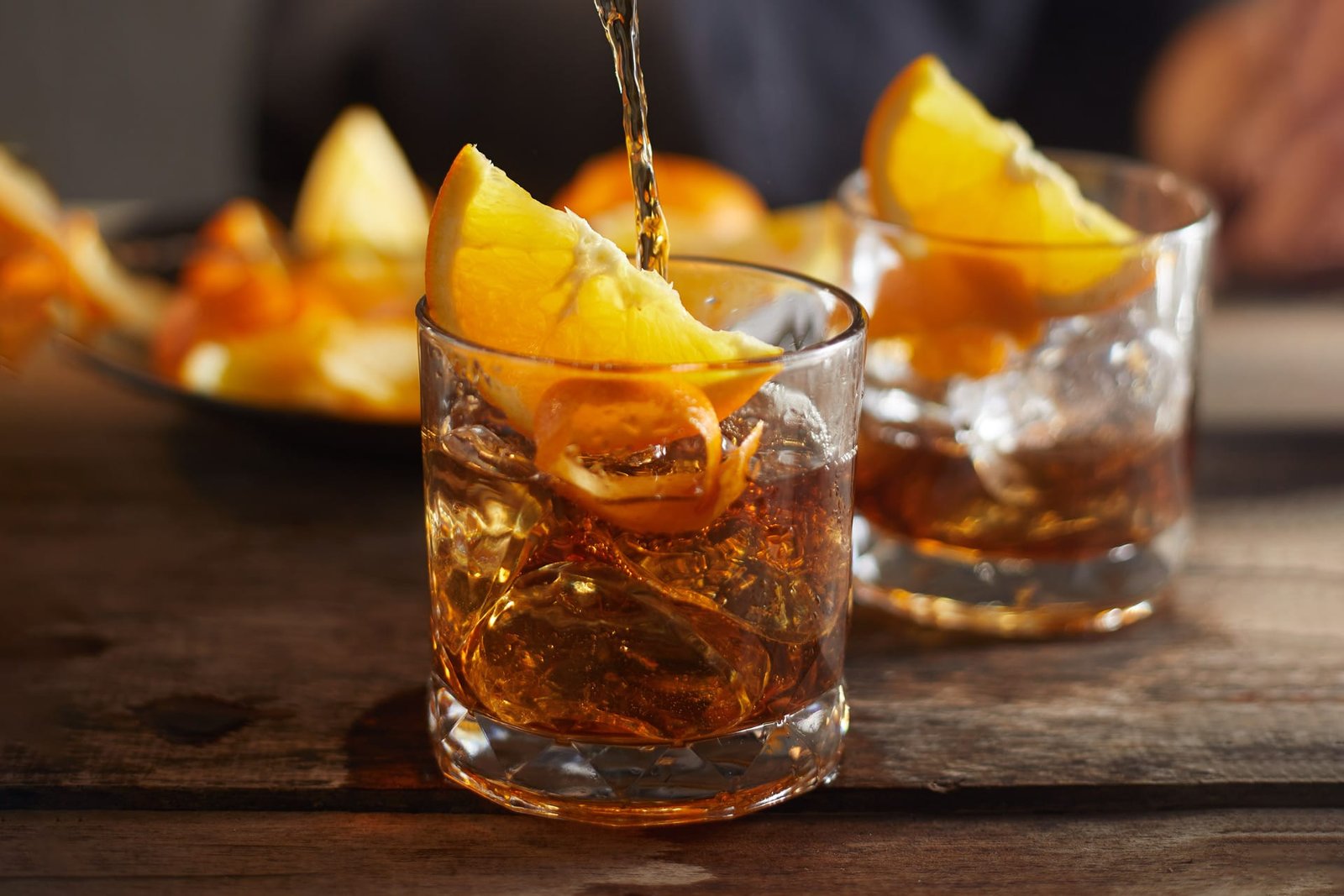
On the islands of Cape Verde, where steep terraces meet Atlantic winds and sugarcane fields line volcanic hills, there’s a drink that speaks softly but deeply of tradition: pontche. A smooth, molasses-sweet liqueur blended from the archipelago’s famous grogue, pontche is more than a local treat. It’s a symbol of hospitality, a drink passed between friends, neighbours and visitors alike.
While grogue gets much of the attention — strong, sharp, and steeped in rustic heritage — pontche is its mellow cousin, created by blending grogue with cane syrup, molasses or honey, and sometimes citrus. The result is rich, syrupy, and warm — a liqueur served at weddings, wakes, casual gatherings, or simply over ice in the afternoon shade.
What Is Pontche?
At its core, pontche is a traditional Cape Verdean liqueur made by mixing unaged sugarcane rum (grogue) with molasses or sugarcane syrup (mel de cana). Each island has its own variation, and each household its own method. Some versions are simple — just grogue and mel. Others include lemon juice for brightness, or coconut milk for a creamy texture (ponche de coco).
You’ll also find flavoured versions on the tourist trail, such as chocolate, passionfruit, mango, and even hibiscus-infused pontche. But the most authentic versions are homemade, often poured from unlabelled bottles reused from water or soda — no marketing, taste.
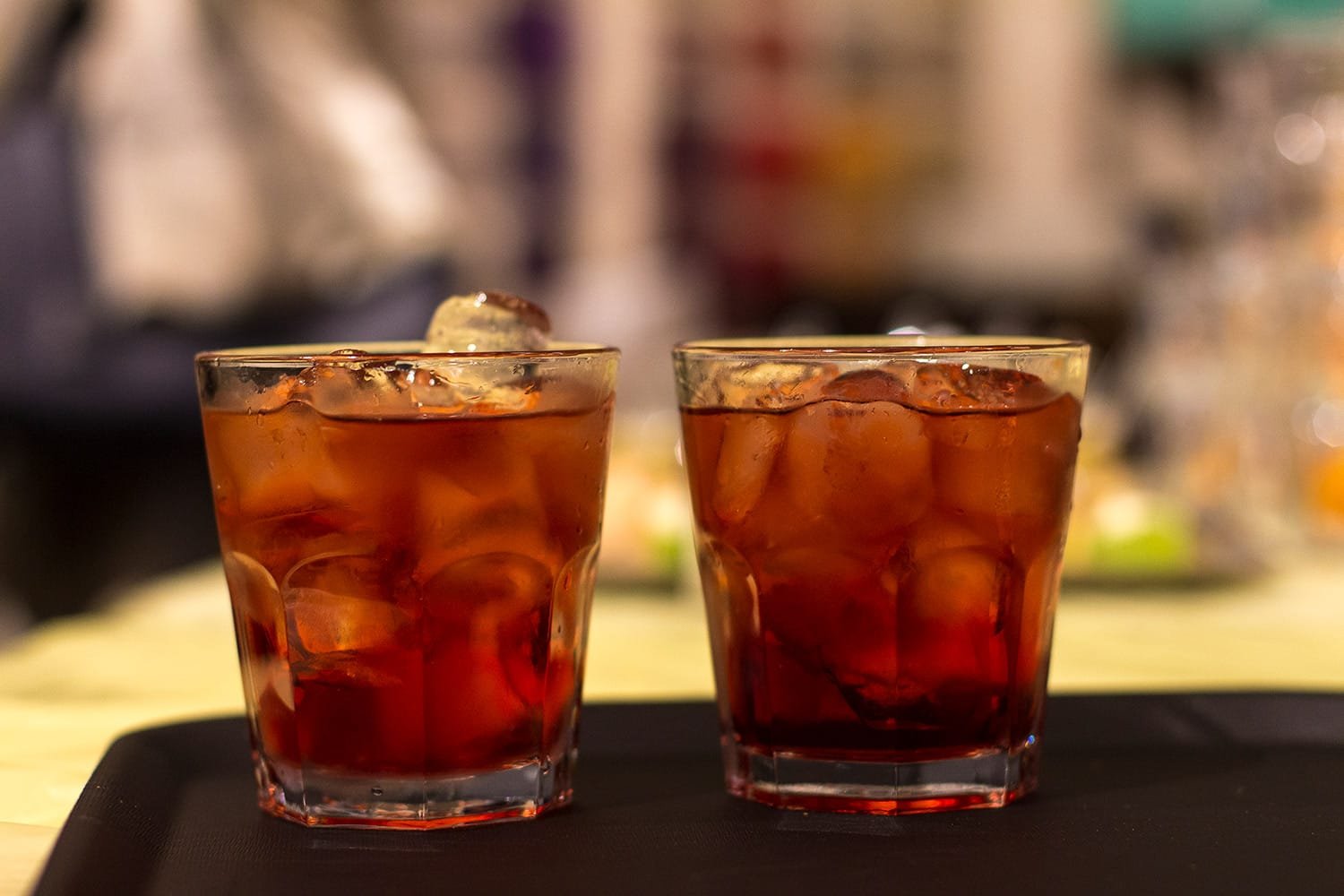
How Pontche Is Made
Like grogue, pontche starts in the sugarcane fields of Santo Antão, Santiago, or São Nicolau. Cane is harvested between January and June, pressed using ox-powered or electric trapiches (mills), and the juice is boiled down to produce molasses.
Ponche Production Process
- Molasses is made by reducing fresh cane juice over fire until it thickens and darkens.
- It’s cooled and blended with grogue, usually at a ratio of 1:2 or 1:3, depending on taste.
- Lime or lemon juice may be added for acidity and preservation.
- The blend is stirred and left to rest before bottling — if it’s bottled at all.
Most recipes are passed down by feel rather than by measure.
The result? No two batches are pretty the same.
Pontche in Cape Verdean Culture
If grogue reflects Cape Verde’s resilience, pontche expresses its warmth. Offering a pontche is an everyday gesture of welcome. It appears at family meals, religious holidays, fishermen’s gatherings and quiet afternoons. It’s poured for guests as a sign of friendship, for mourners as a comfort, and for celebration as a toast to life’s sweetness.
You’re just as likely to be offered pontche in a beach hut on Sal as in a rural kitchen on Santo Antão. And whether it’s served in a glass tumbler, a teacup, or a plastic shot glass, it carries the same message: “You are welcome here.”
Modern Variations and Export Potential
In recent years, as interest in grogue has grown internationally, pontche has also drawn attention. Boutique producers are beginning to explore consistent bottling and export options, particularly for coconut- and citrus-based versions.
But pontche isn’t easily standardised. Its charm lies in its informality. While some producers are testing branding opportunities for European markets, many Cape Verdeans prefer to keep it local, artisanal, and personal.
There’s also a new wave of Cape Verdean bartenders — at home and in the diaspora — who are experimenting with pontche-based cocktails, giving the drink a fresh role in contemporary culture.

Tasting Notes: What Does Pontche Taste Like?
Classic pontche:
dark brown, thick, and sweet with rich notes of molasses, caramel, and a hint of sharpness from the grogue.
Ponche de coco (coconut version): creamy, smooth, with hints of tropical sweetness—best served chilled.
Citrus-infused: light, balanced, and aromatic — similar to Caribbean rum punches but with a deeper, smoky base.
Where to Try Pontche
If you’re travelling in Cape Verde:
- Visit local distillers in Paul Valley (Santo Antão), São Domingos (Santiago), or Sal Rei (Boa Vista).
- Ask for homemade bottles at rural markets or speak to your host family in guesthouses and residencias.
- Look for beach bars on Sal and São Vicente, where you’ll often find flavoured versions or pontche-based cocktails.
Tip: If the bottle looks reused and unlabelled, it’s probably the good stuff :).
More Than Just a Drink
Pontche is a drink of soft strength. It doesn’t need the punch of high-proof spirits or the glamour of mixology trends. Its power lies in its history and its role in everyday life — a liquid reminder of Cape Verde’s deep-rooted generosity, one glass at a time.
So when you find yourself offered a glass of pontche, don’t ask for the brand. Just raise it, smile, and know that you’re tasting something much older — and far more meaningful — than a modern liqueur.
Bibliography
- Grogue and Culture of Cape Verde, Wikipedia;
- Pontche, Slow Food Foundation for Biodiversity;
- A Rum do in the Cape Verdes, Yacht Mollymawk, Jill Schinas, March 2010;
- Grogue and Pontche, CaboKaiTours.
- Ponche de Coco – Cape Verdean Coconut Cocktail, Crystal DaCruz, Crumb-Snatched.
